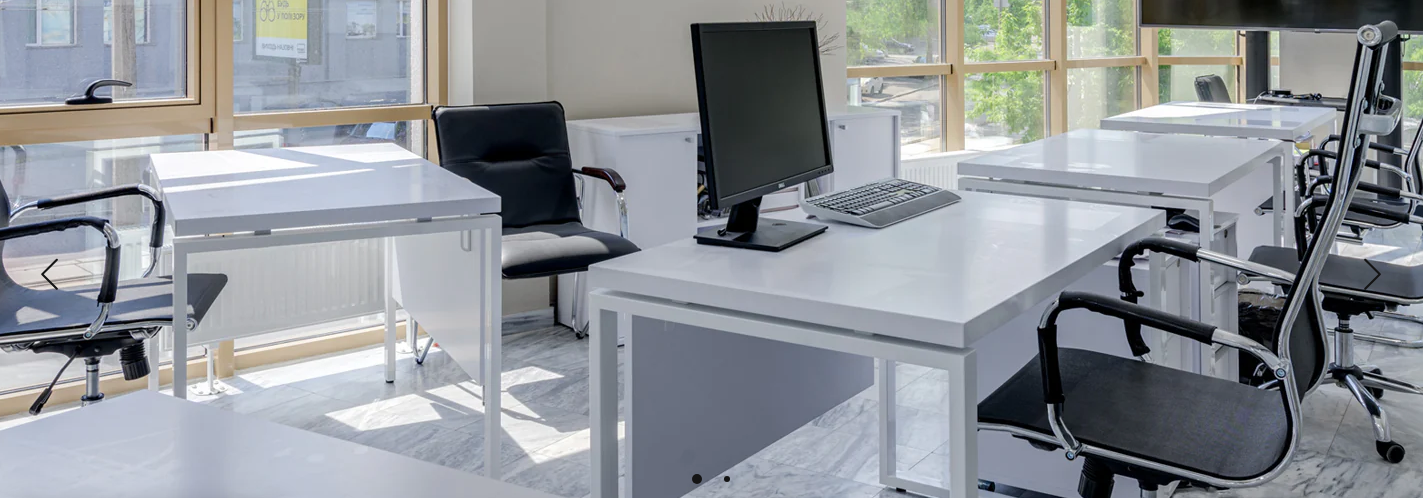Introduction: As we look ahead to the future of work, smart furniture innovations are poised to revolutionize office environments in ways we've never imagined. From intuitive designs to advanced technology integration, these innovations promise to transform the way we interact with our workspace. In this article, we'll explore some of the most exciting smart furniture innovations that are shaping the office of tomorrow.
-
AI-Powered Ergonomics:
- Imagine a desk chair that adjusts its height, lumbar support, and armrests based on your posture and movement patterns. AI-powered ergonomics use machine learning algorithms to personalize seating preferences for each individual, promoting better posture and reducing the risk of musculoskeletal disorders.
-
Interactive Workstations:
- Interactive workstations combine traditional desks with touchscreen displays, allowing users to seamlessly transition between digital and physical tasks. These workstations enable interactive brainstorming sessions, digital sketching, and collaborative editing, fostering creativity and innovation in the workplace.
-
Adaptive Lighting Systems:
- Adaptive lighting systems use sensors to adjust light levels and color temperature throughout the day, mimicking natural daylight patterns. By optimizing lighting conditions for circadian rhythms, these systems promote alertness during the day and restful sleep at night, improving overall well-being and productivity.
-
Augmented Reality Workspaces:
- Augmented reality (AR) workspaces overlay digital information onto the physical environment, enhancing collaboration and productivity. AR-enabled smart furniture allows users to visualize data, interact with virtual objects, and manipulate 3D models in real-time, making complex tasks more intuitive and engaging.
-
Biometric Authentication Furniture:
- Biometric authentication furniture uses fingerprint scanners or facial recognition technology to provide secure access to workstations and storage units. By eliminating the need for traditional keys or access cards, these systems enhance security while streamlining access management processes.
-
Dynamic Space Utilization:
- Dynamic space utilization systems use sensors to track occupancy levels and usage patterns in real-time, allowing organizations to optimize space allocation and layout design. By identifying underutilized areas and adapting to changing needs, these systems maximize efficiency and minimize waste in the workplace.
-
Voice-Activated Commands:
- Voice-activated commands enable hands-free control of smart furniture and connected devices, enhancing convenience and accessibility in the workplace. Whether adjusting desk height, dimming lights, or scheduling meetings, users can simply issue voice commands to perform tasks quickly and effortlessly.
-
Eco-Friendly Materials and Design:
- Eco-friendly smart furniture innovations prioritize sustainability by using recycled materials, renewable resources, and energy-efficient technologies. From biodegradable office chairs to solar-powered workstations, these innovations minimize environmental impact while promoting a healthier planet for future generations.
Conclusion: The future of work is bright with possibilities, thanks to the ongoing advancements in smart furniture innovations. By harnessing the power of AI, AR, biometrics, and eco-friendly design, tomorrow's office will be smarter, more sustainable, and more conducive to creativity and collaboration than ever before. As organizations continue to embrace digital transformation, the role of smart furniture in shaping the future of work will only continue to grow.




